Numerical control essential to machine tooling
Machining in San Jose, CA knows when it comes to machine tools, there are two words that play an integral part. These are numerical control. NC is nothing more than the automation of machine tools operated by precisely programmed commands encoded on a storage medium, as opposed to controlled manually via handwheels or levers, or mechanically automated via cams alone. Computers play a big role in NC today, thus, the term computer numerical control. Numerical control is technically defined as the form of programmable automation in which the process is controlled by the number, letters, and symbols. In case of the machine tools this programmable automation is used for the operation of the machines. The numerical control machine is defined as the machined that is controlled by the set of instructions called as the program. In numerical control method the numbers form the basic program instructions for different types of jobs; hence the name numerical control is given to this type of programming. When the type of job changes, the program instructions of the job also change. It is easier to write the new instructions for each job, hence NC provides lots of flexibility in its use. The NC technology can be applied to wide variety of operations like drafting, assembly, inspection, sheet metal working, etc. But it is more prominently used for various metal machining processes like turning, drilling, milling, shaping etc. Due to NC all the machining operations can be performed at the fast rate resulting in bulk manufacturing becoming quite cheaper.
History of NC stems from 1940s
The invention of numerical control has been due to the pioneering works of John T. Parsons in 1940. Parsons tried to generate a curve automatically by milling cutters by providing coordinate motions. In the late 1940s Parsons conceived the method of using punched cards containing coordinate position system to control a machine tool. The machine directed to move in small increments and generate the desired finish. In 1948, Parsons demonstrated this concept to the Air Force, which sponsored the series of project at laboratories of Massachusetts Institute of Technology (MIT). After lots of research MIT was able to demonstrate first NC prototype in 1952 and in the next year they were able to prove the potential applications of the NC. Soon the machine tool manufacturers began their own efforts to introduce commercial NC units in the market. Meanwhile, the research continued as MIT, who were able to discover Automatically Programmed Tools, known as APT language that could be used for programming the NC machines. The main aim of APT language was to provide the means to the programmer by which they can communicate the machining instructions to the machine tools in easier manner using English like statements. The APT language is still used in widely in the manufacturing industry and a number of modern programming languages are based on the concepts of APT.
NC a forerunner of CNC technology
In the initial years of NC, punched tapes were for feeding the instructions to the machine tools via the control unit. The APT language also marked the arrival of the computer numerical controlled machines, popularly known as the CNC machines. Another language, PRONTO, was discovered by Patrick Hanratty, who carried out various experiments at GE and released the language in 1958. In CNC machines programs are fed in and the computer used to control the operations of the machines. Thus the control unit used that would read the punched cards in the NC machines was replaced by the microcomputer in the CNC machines. The CNC brought major revolution in the manufacturing industry. The next development has been the combination of computer aided manufacturing (CAM) and computer aided designing (CAD) called as CAD/CAM.
REFERENCES: Book: CAD/CAM: Computer-Aided Design and Manufacturing, by Mikell P. Groover and Emory W. Zimmers Jr., Printice Hall of India Private Limited; Wikipedia; Book: Design of Machine Tools by S. K. Basu and D. K. Paul, Oxford and IBH Publishing Co. Pvt. Limited.
